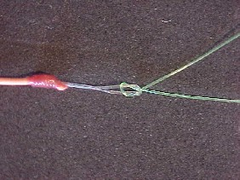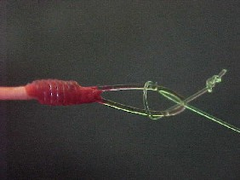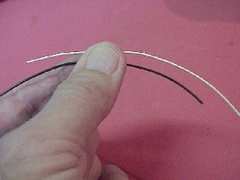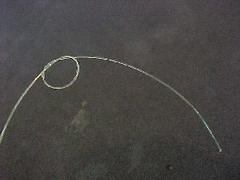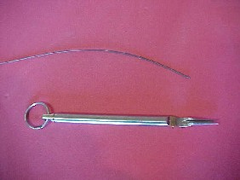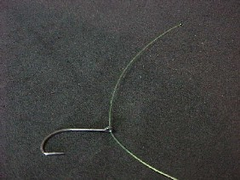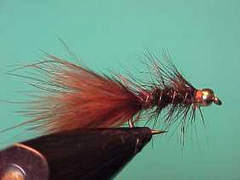What is fly fishing
Fly fishing is that form of fishing, for any fish, using a rod and fly line to cast artificial “flies” or “lures” either as bait, attractors or antagonizes to fish which are known or expected to be in the vicinity of where the fly or lure is cast.

